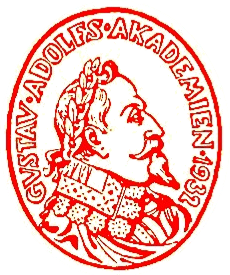Coming to Terms with Dreams in the Early Nineteenth Century
DOI:
https://doi.org/10.61897/arv.v80i.44668Keywords:
Dreams, dream narrative, autobiography, divination, personal narrative, Pehr StenbergAbstract
The clergyman Pehr Stenberg (1758–1824) in his autobiography frequently relates his and other people’s dreams and attempts to interpret them and makes possible connections to actual happenings. As a scholar he is sceptical about their knowledge value but cannot reject them entirely, so he goes into exploratory discussions of the relation between dreams and reality. In this article the use of dream narratives in social interaction, his use of dreams as a rhetorical device, his reactions to his dreams and reflections about his reactions are studied, besides his ways of discussing the ontology of dreams.
Downloads
Published
How to Cite
Issue
Section
License
In Volume 81 and subsequent volumes, authors of content published in ARV retain copyright to their works and articles are published under the terms of a Creative Commons CC BY license.
Content in Volumes 1 – 80 was published without a Creative Commons license, and the copyright for this content is held by Kgl. Gustav Adolfs Akademien.
View the journal's full Open Access Policy.



